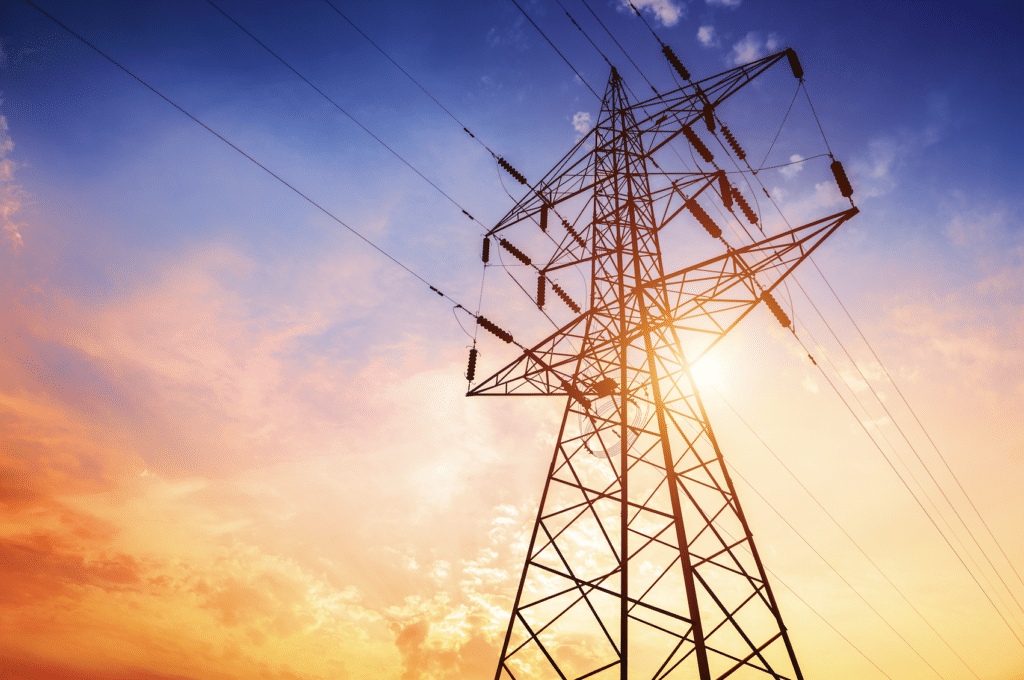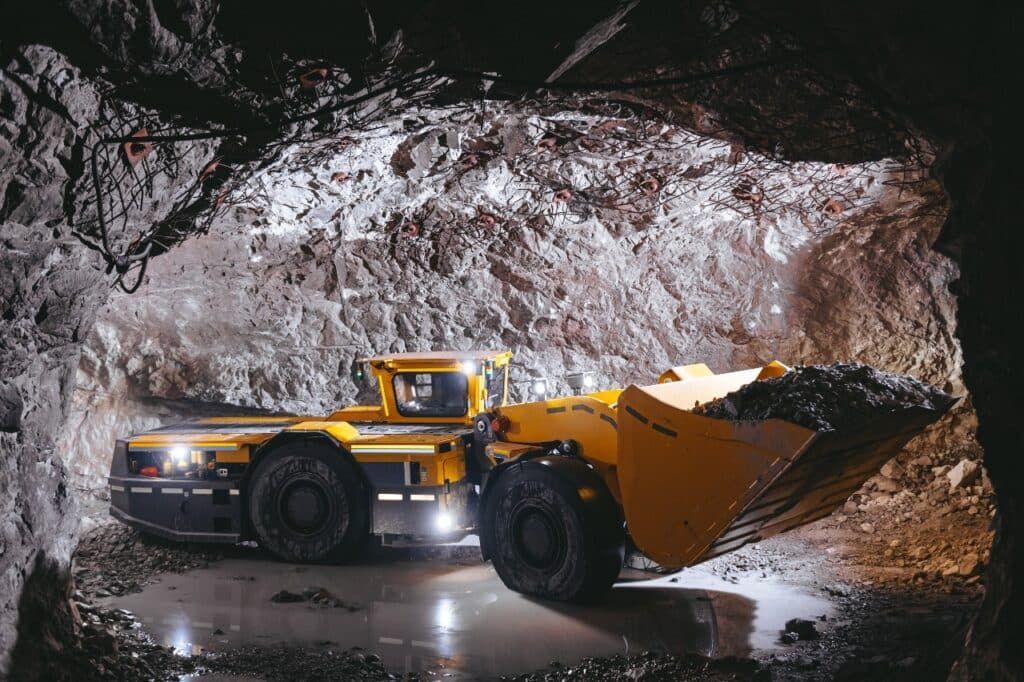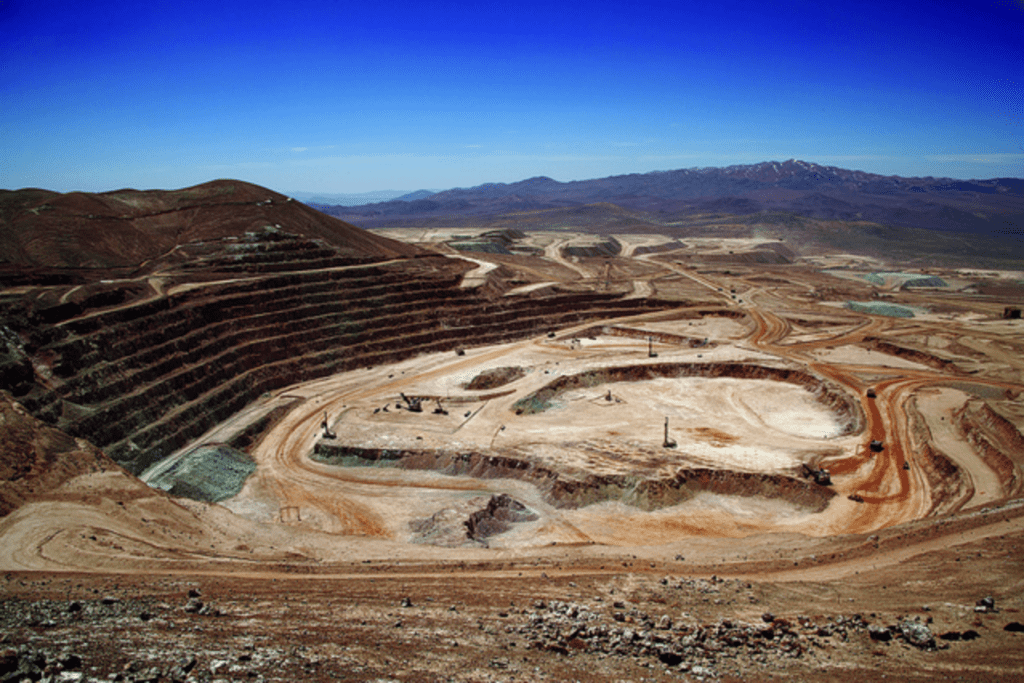8 Major CCS Projects Set For 2016
A global report released in Abu Dhabi today illustrates that the only low-carbon technology option for industrial and many power applications, is carbon capture and storage (CCS), which is now the peak of widespread development.
CEO of the Global CCS Institute, Brad Page, said ìCCS in the power sector is now a reality with the worldís first large-scale CCS project operating at Boundary Dam, Canada. With eight major CCS projects anticipated to go live in a range of industries worldwide by 2016, this low-carbon technology is reaching the critical mass necessary for widespread deployment.î
The Global Status of CCS: 2014 report, finds there are now 22 project in construction or operation worldwide.
It disclosed that the industry is positioned to move through its most active construction period to date, reaching a diverse range of sectors such as iron and steel, natural gas and power.
The reports details nine CCS projects under construction with investments totalling billions of dollars, eight of which are expected to become operational by 2016.
ìThese diverse and large-scale projects demonstrate that CCS is active, operational and viable. An important point is that the projects currently under construction are the result of visionary policy decisions made around five years ago.
ìWe simply canít have an effective response to tackling climate change without CCS. Decisions and actions are required now to lay policy, legal and infrastructure foundations for wide-scale deployment post 2020,î said Mr Page.
By 2016, CCS will be in operation in high carbon-emitting sectors such as chemicals and iron and steel.
The worldís first commercial-scale chemical and bio-CCS plant at the Illinois Industrial CCS Project in the United States (US) plans to be operational in 2015.
The Abu Dhabi CCS Project in the UAE, planned for operation in 2016, is the worldís first large-scale project in the iron and steel sector.
ìWe need to be clear that CCS is the only technology that can achieve large reductions in carbon dioxide (CO2) emissions from industries such as iron and steel, chemicals and cement which together emit 20% of the worldís CO2.
In fact, it is just as important to use CCS on industrial processes as in the electricity sector, which is currently the worldís largest CO2 emitter, accounting for up to 40% of emissions,î concluded Mr Page.





